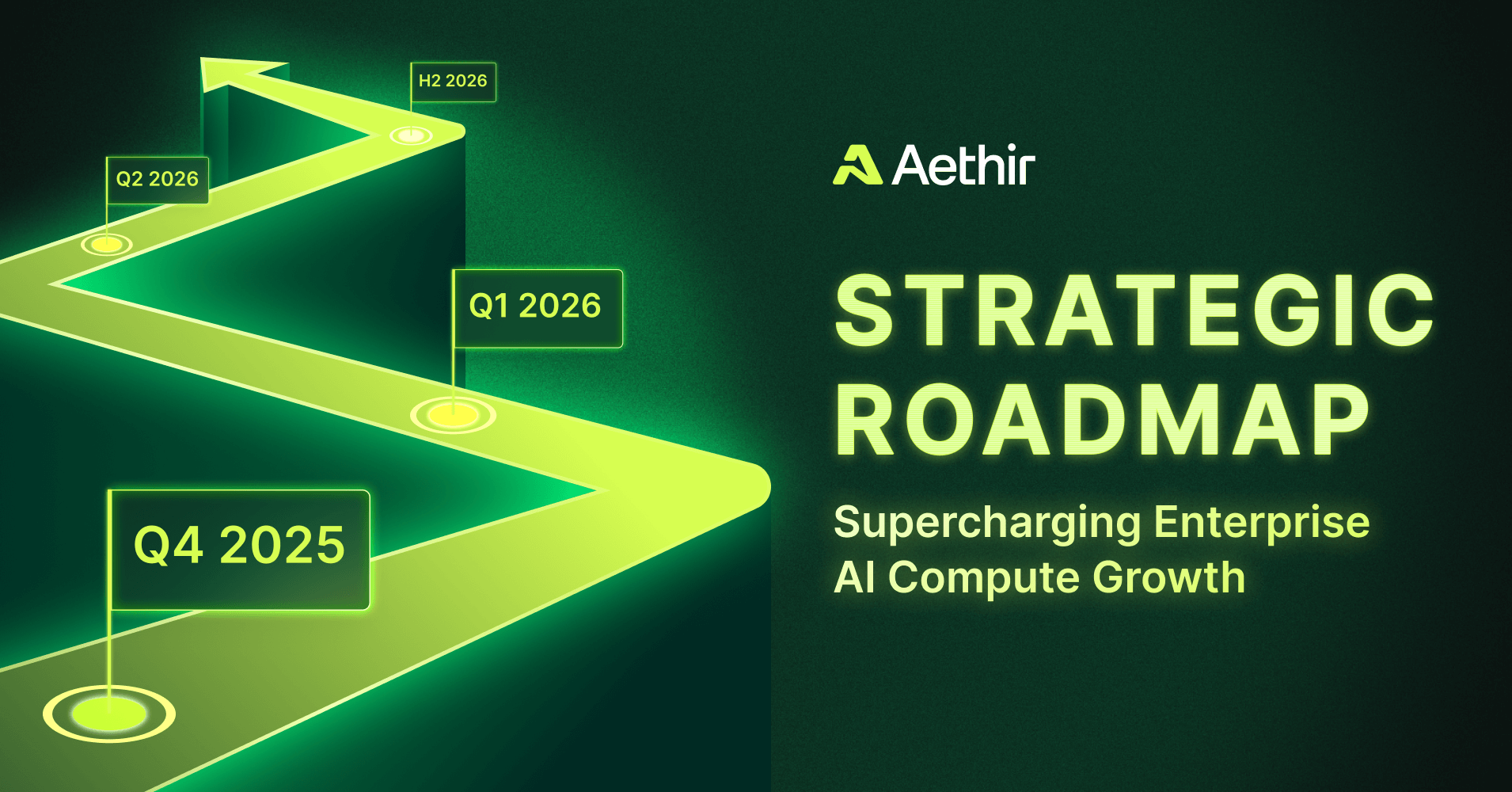Cloud gaming is becoming increasingly popular as an alternative to hardware-intensive local game rendering on players’ devices, with over 184 million cloud gamers globally as of 2023. GlobalData’s projections estimate that by 2030, there will be over 687 million active cloud gamers worldwide. Regarding market value, the cloud gaming sector of the gaming industry was worth around $1.33 billion in 2023, with staggering growth projections of a $38.43 billion market capitalization by 2032. Cloud gaming veterans like GeForce NOW, Steam Cloud, and Ubitus have done tremendous work over the last five years to empower gamers with access to AAA titles on their PC and laptops without the need to install tens of gigabytes of data and burden their devices with extremely GPU-demanding gaming. Instead, these platforms made cloud gaming a practical alternative to traditional gaming.
Although these and other cloud gaming pioneers helped introduce cloud gaming into the mainstream gaming industry, traditional cloud gaming platforms also come with limitations that present considerable entry barriers. These services usually require expensive monthly subscription fees, and their cloud-computing GPU data centers are often located only in regional capitals. For millions of potential cloud gamers in developing regions and countries where high-end gaming hardware is scarce, access to centralized cloud gaming services is often limited.
Thanks to a much different cloud computing approach, decentralized cloud computing infrastructure is a viable alternative that can service the rapidly growing cloud gaming market. Aethir’s DePIN stack leverages a decentralized network architecture to pool computing power from underutilized and idle GPUs and channel it directly to end-users in a more efficient, cost-effective manner with ultra-low latency.
How Is Cloud Gaming Changing Player Experiences
The main reason behind the rapid growth of the cloud gaming sector is the ease of use for players. We all remember buying PC game discs and going through lengthy installation procedures before cloud gaming. Since games were getting ever more hardware demanding in the 2010s, a PC purchased in 2011 could not smoothly run the newest AAA games just two years later. On the other hand, gaming consoles like Xbox and PlayStation had a far more limited selection of gaming titles, and players had to buy the gaming device, which was quite an expensive investment in many parts of the world. With cloud gaming, players suddenly gained access to top-quality gaming that only requires a monthly subscription and a stable internet connection. As broadband internet encompassed most of the planet, a stable network connection became far more accessible than expensive gaming hardware.
Today, cloud gaming is a win-win solution for all types of gamers. Still, it’s especially attractive as a low-cost solution for the 1.2 billion potential cloud gamers in regions with dominantly low to mid-range hardware devices. Most of these gamers have stable internet connections but lack access to expensive gaming hardware. Cost-effective cloud gaming networks that leverage decentralized computing infrastructure with an affordable subscription model in line with local economic standards could be the winning combination that can onboard hundreds of millions of cloud gamers in the following decade.
Limitations of Traditional Cloud Gaming Services
Expensive service fees and latency issues are critical obstacles to mass global cloud gaming adoption. Many centralized cloud gaming services offer a one-size-fits-all solution for price plans, meaning that their services cost identically in high-income and low-income countries. A standard US cloud gaming fee can easily be too expensive for players in developing regions. However, traditional cloud gaming services must maintain their expensive subscription fees to remain profitable because the underlying cloud infrastructure providers use a centralized cloud computing model. This means they concentrate vast amounts of GPUs in regional data centers, and all of their end-users are serviced from the same regional data processing points. Because of this, users further away from those data centers might incur higher streaming latency than players close to the network’s center.
Furthermore, centralized cloud providers dedicate an entire GPU to each user, meaning that even if a user only utilizes 30% of their dedicated GPU, the rest of the processing power remains idle because it’s dedicated to a single user. This leads to highly inefficient GPU usage and missed profit opportunities because the idle GPU power isn’t used in any way. Consequently, the cloud providers must maintain high GPU fees, and the cloud gaming platforms that use those cloud computing providers also need to charge their users hefty fees.
The high inefficiency creates scalability issues for centralized cloud providers, who need to onboard the same number of GPUs as the number of new users to provide a steady stream of low-latency GPU power to millions of cloud players further away from regional data centers.
Due to these factors, the cloud gaming industry is currently quite limited in terms of onboarding new users in developing regions. By partnering with Aethir, cloud gaming providers can massively increase their efficiency and profitability while providing services to end users at considerably lower prices.
Aethir’s Decentralized GPU Infrastructure: A Cost-Effective Alternative for Cloud Gaming
Decentralized cloud infrastructure can overcome the limitations of centralized services through resource sharing and resource pooling by utilizing idle GPU resources. Aethir’s distributed GPU cloud leverages a global network of GPU providers who dedicate their idle GPUs to the Aethir DePIN stack. Those GPUs are then used as GPU Containers in Aethir’s cloud computing infrastructure. Through our decentralized operating mechanics, supported by 91,000 Checker Nodes, processing power is channeled directly to our AI and gaming enterprise clients and their end users. Aethir is the only decentralized enterprise-grade GPU-as-a-service platform on the market, capable of offering cloud computing services at much lower prices than centralized cloud providers.
Aethir’s key strength is resource pooling, which allows us to support gaming enterprises with a steady and highly scalable GPU power supply at unbeatable prices. GPU demand is exceptionally high today, thanks to the AI and gaming industries, but GPU scarcity can be solved by using underutilized GPU power. That’s precisely what Aethir does by onboarding GPU providers worldwide and connecting their GPU supplies through the Aethir network into a massive distributed GPU cloud. Furthermore, by distributing GPU supplies in a multitude of server locations, Aethir’s GPU cloud can efficiently reach millions of users far away from regional big-tech data centers.
Since Aethir’s clients are serviced by the physically closest available GPU Containers, Aethir reduces latency by cutting the physical distance between GPUs and end users. This decentralized operating model ultimately means much lower service expenses, empowering Aethir to provide best-in-class GPU supplies such as NVIDIA H100s or GeForce RTX 4090s at much lower hourly prices than centralized service providers.
Lower service prices are often associated with lower service quality. With Aethir, service quality isn’t compromised. In fact, through our decentralized cloud infrastructure, we can guarantee a constant, steady flow of GPU power to our gaming clients because their end users are serviced by various underutilized GPUs instead of a single power source.
Enhancing Cloud Gaming on a Global Scale With Aethir
Using Aethir’s DePIN stack is a reliable, cost-effective solution for all gaming enterprises looking to upscale their daily operations and provide their users with top-quality, affordable cloud gaming services. Gaming platforms can open a new market segment of potential users by leveraging Aethir’s DePIN stack. Since using Aethir’s cloud gaming infrastructure is considerably cheaper than centralized clouds, gaming companies can provide lower subscription fees and thus become more competitive in the market when it comes to attracting users from lower-income countries.
Aethir’s decentralized cloud infrastructure can make AAA gaming more accessible to millions of cloud gamers, allowing them to play their favorite games at a bargain price compared to expensive mainstream big-tech cloud gaming platforms. Aethir’s decentralized GPU cloud has 43,000+ top-shelf GPUs and an exclusive fleet of 3000+ NVIDIA H100s. Furthermore, we’ve distributed 23,000+ units of Aethir Edge, our flagship cloud computing device, which enables anyone to become a compute provider in Aethir’s DePIN stack and earn ATH token rewards in return. By distributing our cloud computing network globally, we can efficiently serve large-scale cloud gaming enterprises, providing them with real-time scalability that can keep up with exponentially growing user demand.
For game developers and publishers, choosing the right launch channel is crucial to access a wide gaming audience and maximize their return on investment. Aethir’s DePIN stack is an all-in-one, cost-effective solution that overcomes the boundaries and limitations of traditional cloud gaming platforms. It offers improved scalability and security at lower prices without sacrificing service quality.
The following years will be exciting for the cloud gaming sector, given that more and more publishers are integrating their titles with cloud streaming services as an essential publishing channel. However, traditional cloud providers and streaming services have limited scalability and high service prices, which are key pain points solved by Aethir’s decentralized GPU cloud. With Aethir, all gaming stakeholders, from developers and publishers to cloud gaming platform operators and gamers, have a ready-made solution to introduce enhanced, next-generation cloud gaming experiences.






